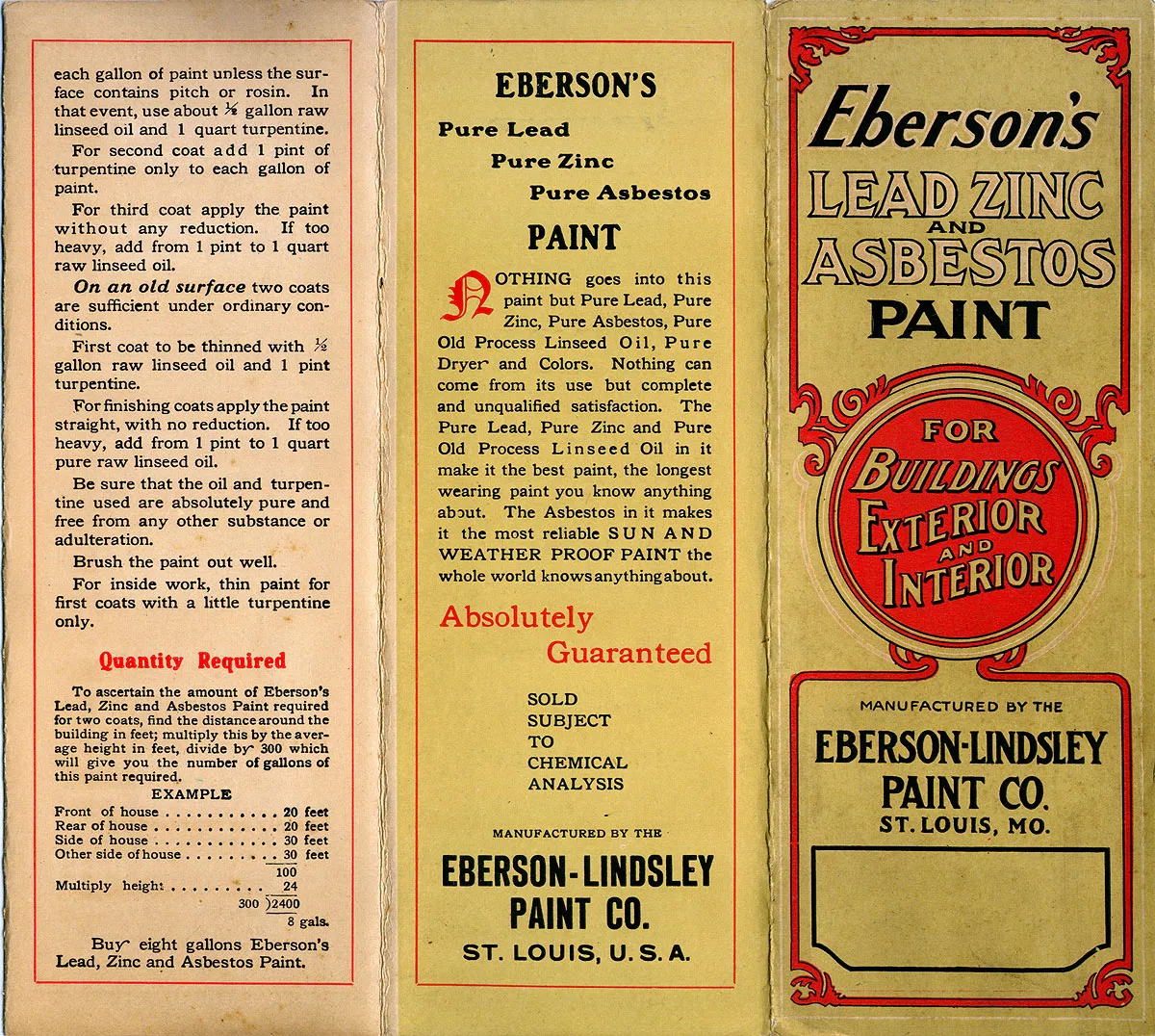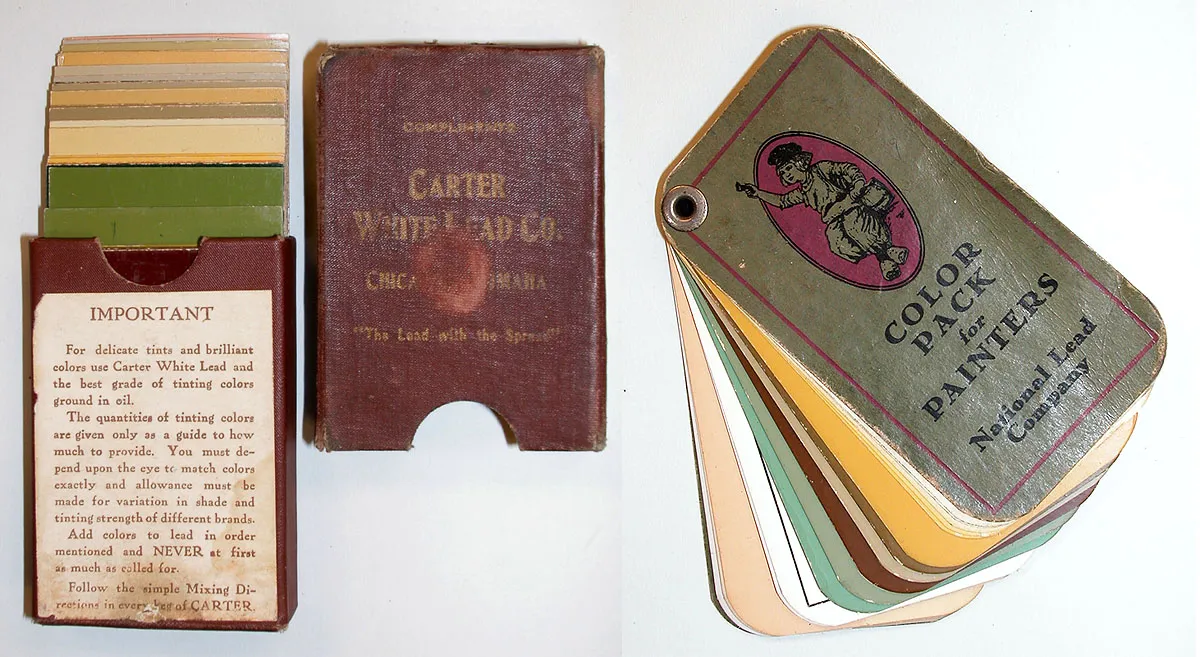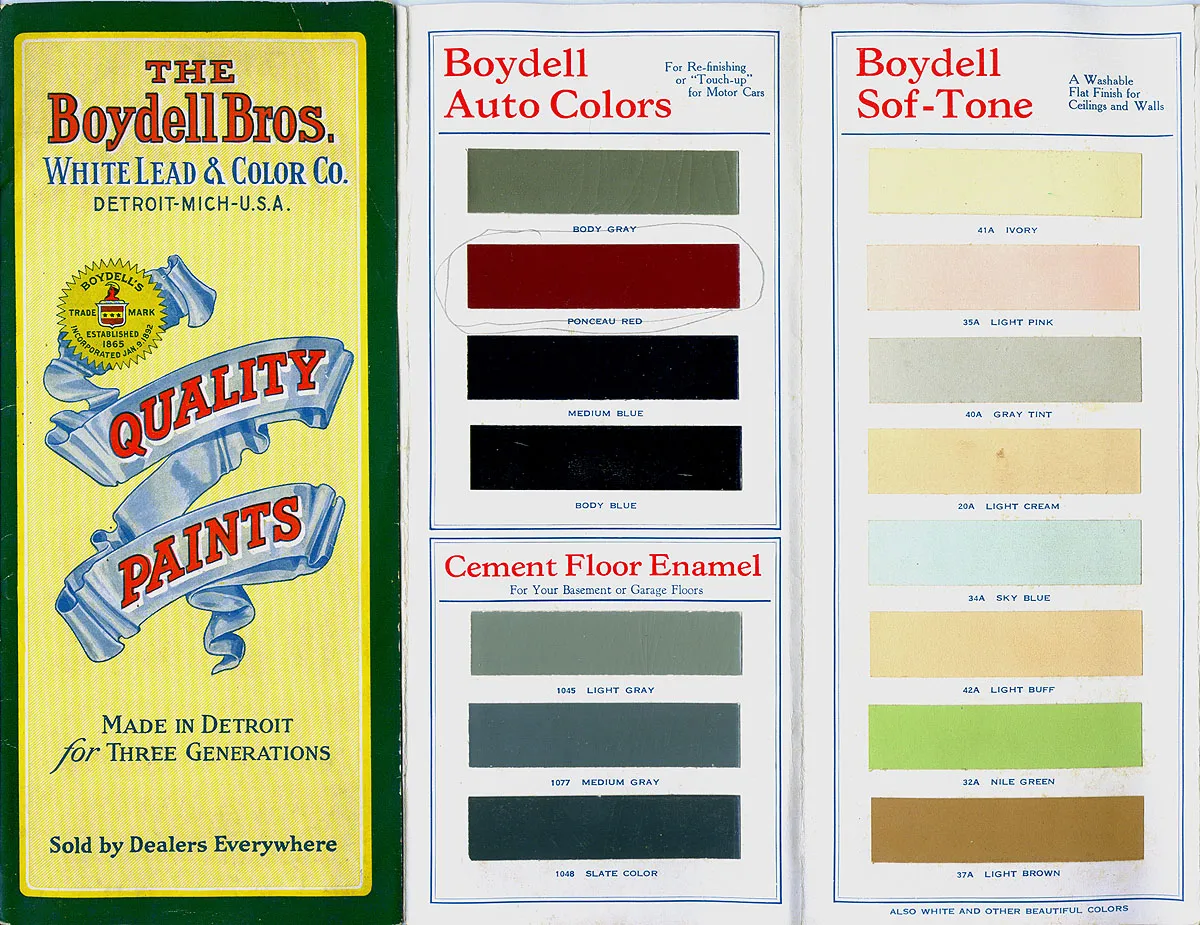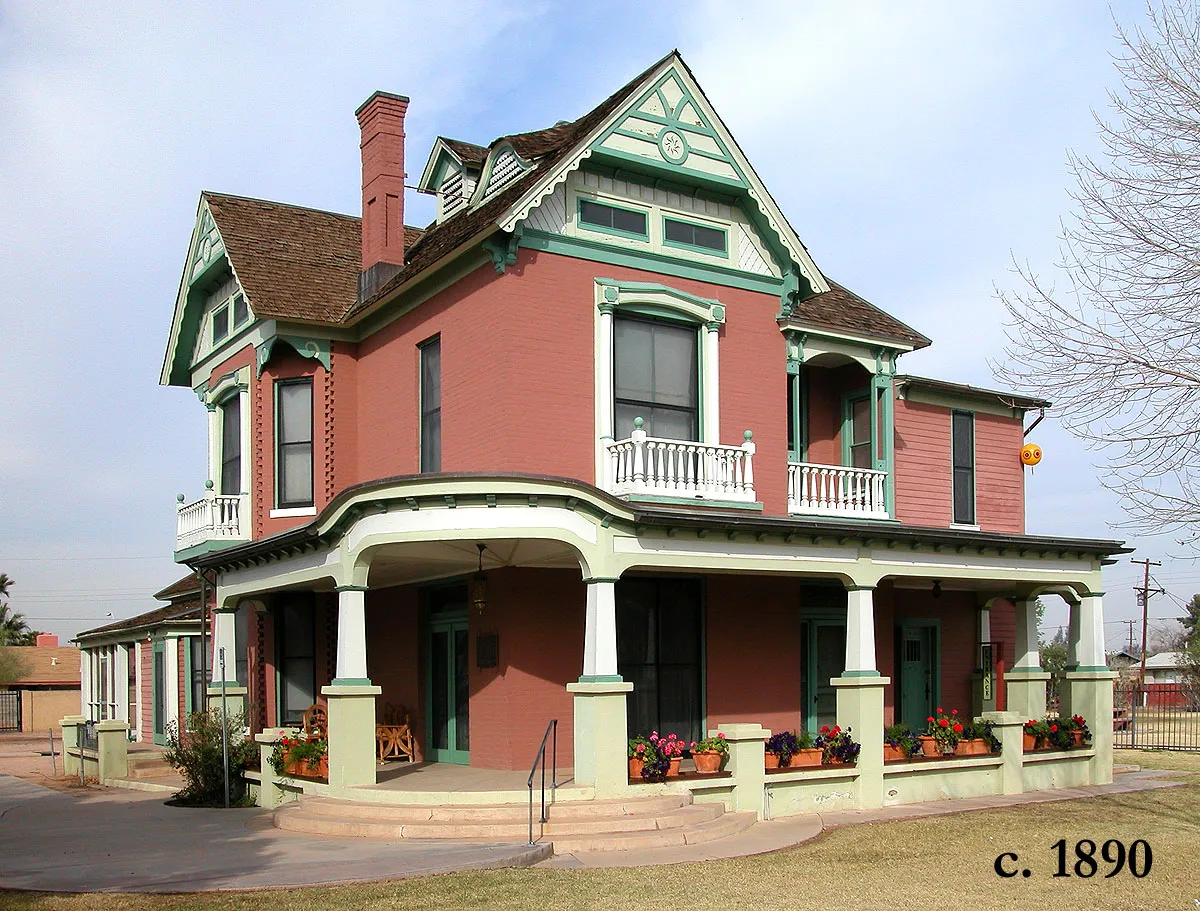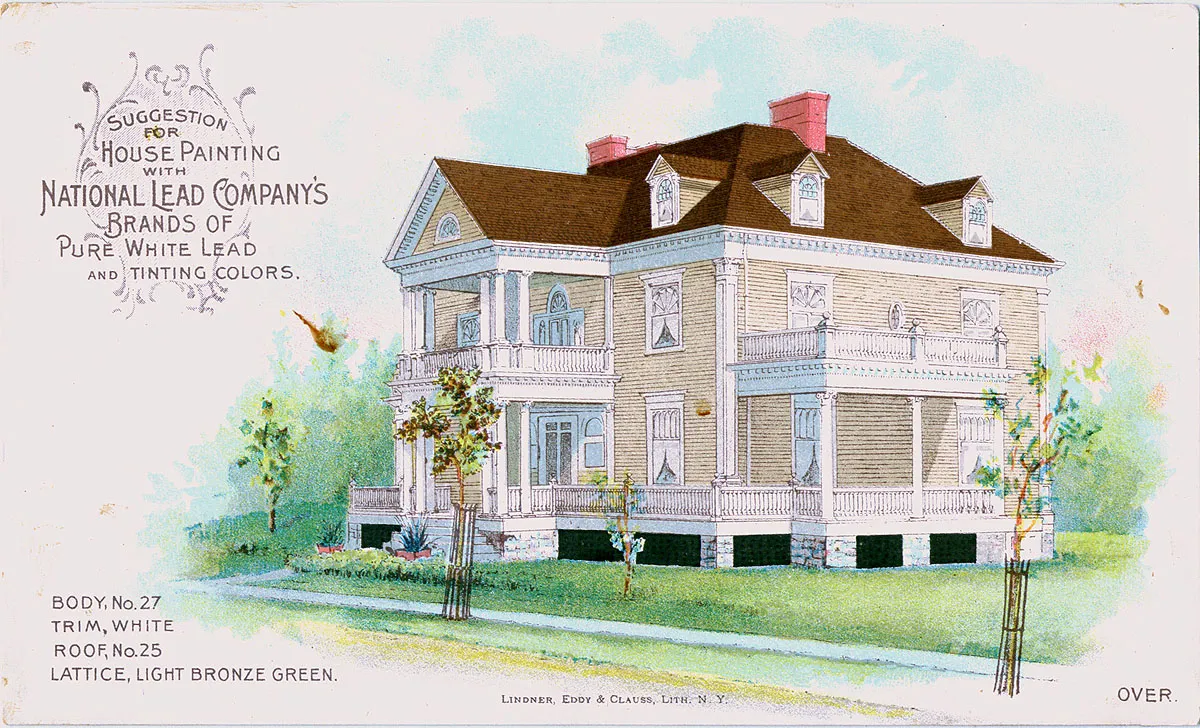Lead in Paint Samples
Fiberquant Analytical Services offers analysis of lead (Pb) in a variety of matrix materials, but the most commonly submitted samples are paint chips. The interpretation of paint chip results is highly dependent on how the samples are taken and in some cases how the samples are analyzed. The following information is provided as a guide to some of the options and pitfalls in taking paint samples.
AA Analysis
Fiberquant analyzes paint samples by Flame Atomic Absorption (FLAA) using a modified NIOSH 7082 Method of analysis. Briefly, part or all of the submitted sample will be digested by boiling in concentrated nitric acid and hydrogen peroxide, which dissolves the Pb. The resulting liquid (with its Pb) is analyzed on the FLAA, which compares the absorption of this solution to the absorptions of standard solutions of Pb to yield the concentration of Pb in the solution, and the total amount of Pb that was digested
Analyze by Weight or by Area?
Once the total Pb in the digestion is known, we can calculate to a concentration in the original sample. Traditionally, we digest a measured weight of sample, and in this case, the result is reported as a weight of Pb per weight of sample; the units for this result are % or parts per million (ppm). However, we can also digest a measured area of sample, and in this case, the result is reported as a weight of Pb per area of sample; the units for this result are mg/cm2. We can perform the analysis either way, but we have to know which way to measure the sample at the beginning of the analysis process. In certain cases, where the paint consists of recognizable chips of uniform thickness, that thickness can be measured (for a small additional charge), which allows us to translate from weight percent to mg/cm2 or vice versa. In other cases, where the paint consists only of powder or only part of the full paint thickness, such a translation is not possible.
Taking a Sample to be Analyzed by Weight
The essence of this type of sampling is to obtain the paint, all the paint, and nothing but the paint. Often, Pb occurs only in the bottom layer of paint, so any paint left on the substrate would yield an anomolously low lab result. Any substrate collected with the paint would be weighed at the lab along with the paint, and would likewise yield an anomolously low lab result. Sampling by weight is easiest accomplished where the paint is already separating from the substrate, such as when weathered, chipping or peeling. In a case where the paint is adhering to the substrate, a sharp, beveled edge chisel is helpful, the bevel can be used to guide the chisel edge right along the paint/substrate boundary. With analysis by weight, even side-by-side samples can vary significantly because ofthe problems inherent in sampling.
Taking a Sample to be Analyzed by Area
All that is required for this type of sampling is that the entire film of paint be captured in one piece that can be sized. Some substrate is included in order to make sure all the paint has been gotten, and this does not affect the analysis result. The best way is to place a piece of clear packing tape over the area to be tested, cut or chisel the edges of a 1"x1" or 2"x2" square, then use the chisel to free the square. This method works best on soft, cutable substrates.
Containing and Submitting the Sample to the Lab
Samples can be placed in hard containers, such as film cans or centrifuge tubes, or can be placed in zip-loc plastic bags. For submittal, each sample must be uniquely identified. Other required information includes the company or individual submitting the sample, the company or individual who is paying for the analysis, a contact individual, addresses, phone numbers, etc. A good way to include all of this information is to fill out a chain-of-custody. If you don't have one, we can supply a blank form during the submittal process or download the chain of custody form located at the top of the page.
Interpretation
HUD guidelines require the abatement of paint that has been shown to be >=1.0 mg/cm2 by area or >0.5% by weight from public and Indian housing where children <7 years old reside. For adults, paint is generally safe regardless of Pb content, provided the paint film is intact and will not be cut, sanded or otherwise damaged. Arizona has no regulations requiring abatement of any painted surfaces. It must be remembered that lab results that would be compared to HUD guidelines are not absolute by any means. For a weight percent result, given the sampling problems and normal analytical uncertainties inherent in the method, side by side samples could vary by 20-30% or even more for poor sampling. For an area result, side by side samples vary by about 10%.
Frequently Asked Questions about: Portable XRF Lead-in-Paint Surveys
What is the gun-like instrument?
This the the portable XRF (X-ray Fluorescence) machine. It contains a small radioactive source that, when the trigger is pressed, bombards the paint in front of the gun with radiation. The paint, in response to this radiation, produces x-rays (the “XR” in XRF), which are detected by another part of the gun and then translated into a reading of the lead level of the paint.
Is the gun dangerous?
Yes, when used by someone who isn’t trained. The gun produces radiation which can cause cell damage. Cell damage is especially bad in reporductive cells. We ask you to stay away from the gun and operator for your own protection.
Will it leave radioactivity in the house?
No. The source of continual radiation is sealed in the gun. The x-rays coming from the paint stop as soon as the gun is turned off.
What is the testing for?
The machine determines the level of lead in the painted surfaces. The measurement is of the weight (milligrams) of lead per area (square centimeter) of painted surface.
How long will the testing take?
A survey may take anywhere from 50 minutes for an 800 sq. ft. newer house to over 3 hours for a large house having lots of woodtrim pieces.
Why is lead paint hazardous?
Lead is a potent neurotoxin in children six and under. Even small amounts of lead in children's blood cause permanent neural damage. Adults are affected as well, albeit at much higher doses. Lead was commonly put in paint before 1978, with the heaviest use before 1950. The United States Department of Housing and Urban Development (HUD) has established a level of 1 milligram of lead per square centimeter of paint as hazardous. Paint under this level is generally considered safe to live with, even with children.
How long does it take to get results from the testing?
The portable XRF gives the operator a reading in 5-30 seconds. The operator can use this reading to customize the testing. The results of all tests are stored in the machine, and must be retrieved later to be compiled into a written report, which may take 2-3 days.
Why won't the operator tell me the results?
Two reasons: 1) each result from the machine is preliminary, and must be interpreted along with all the other results to make any meaningful statements, and 2) unless you have retained us, we are prohibited from disclosing the information to your directly. If a landlord or housing authority is our client, we can only give results to them; you must get information from them.
